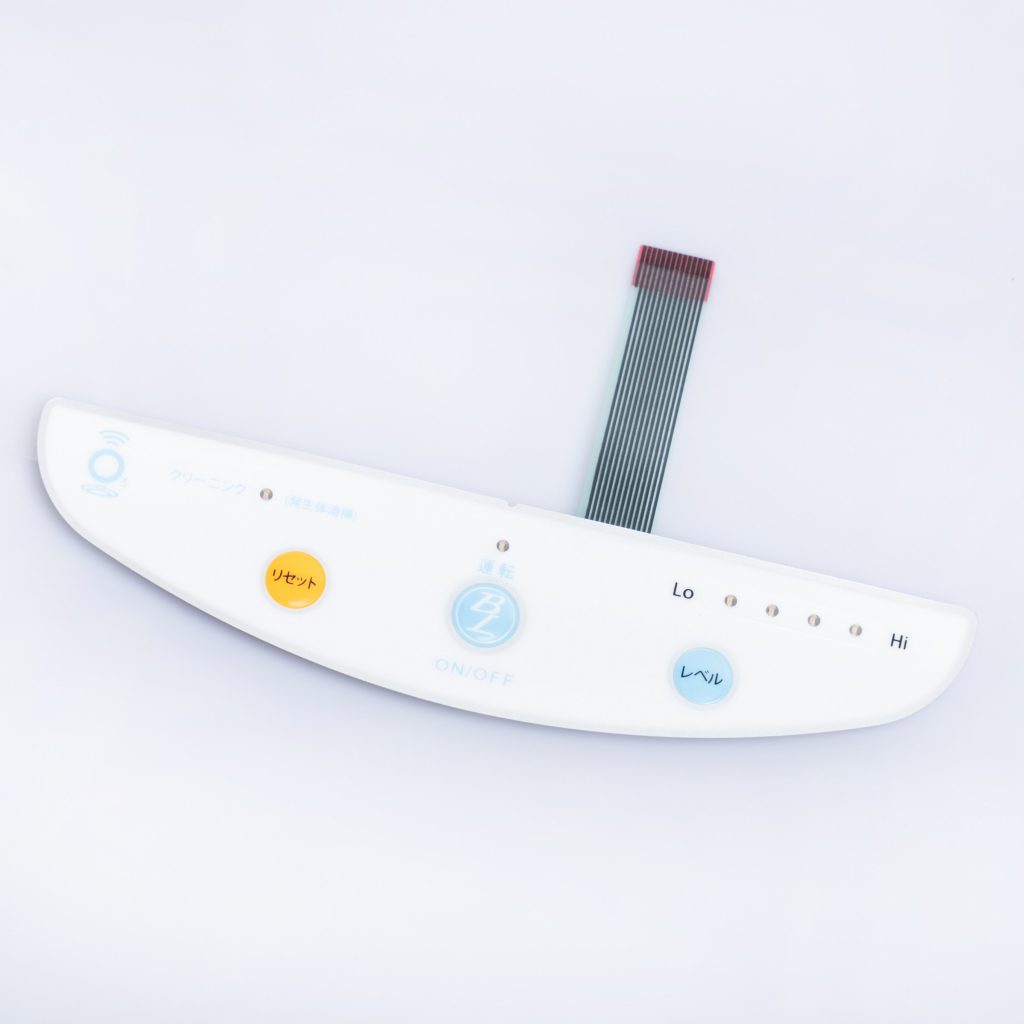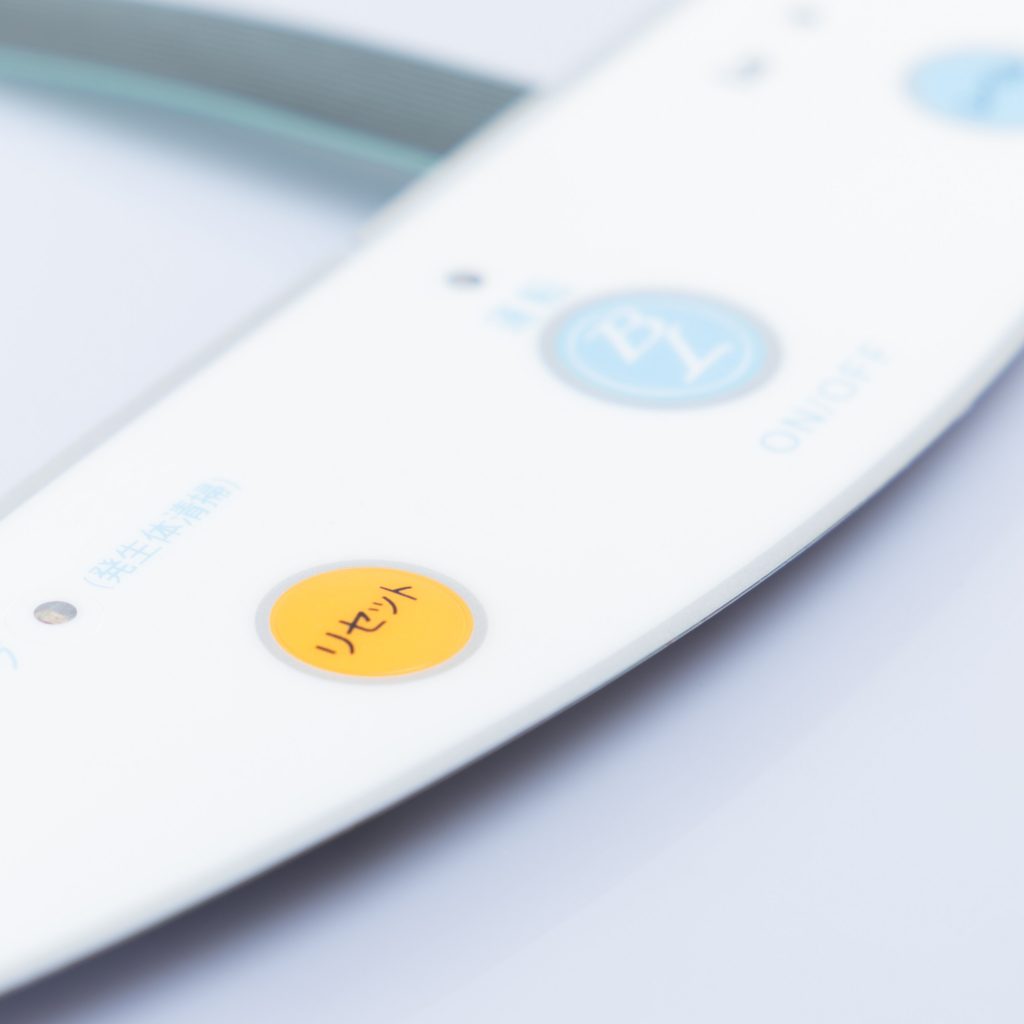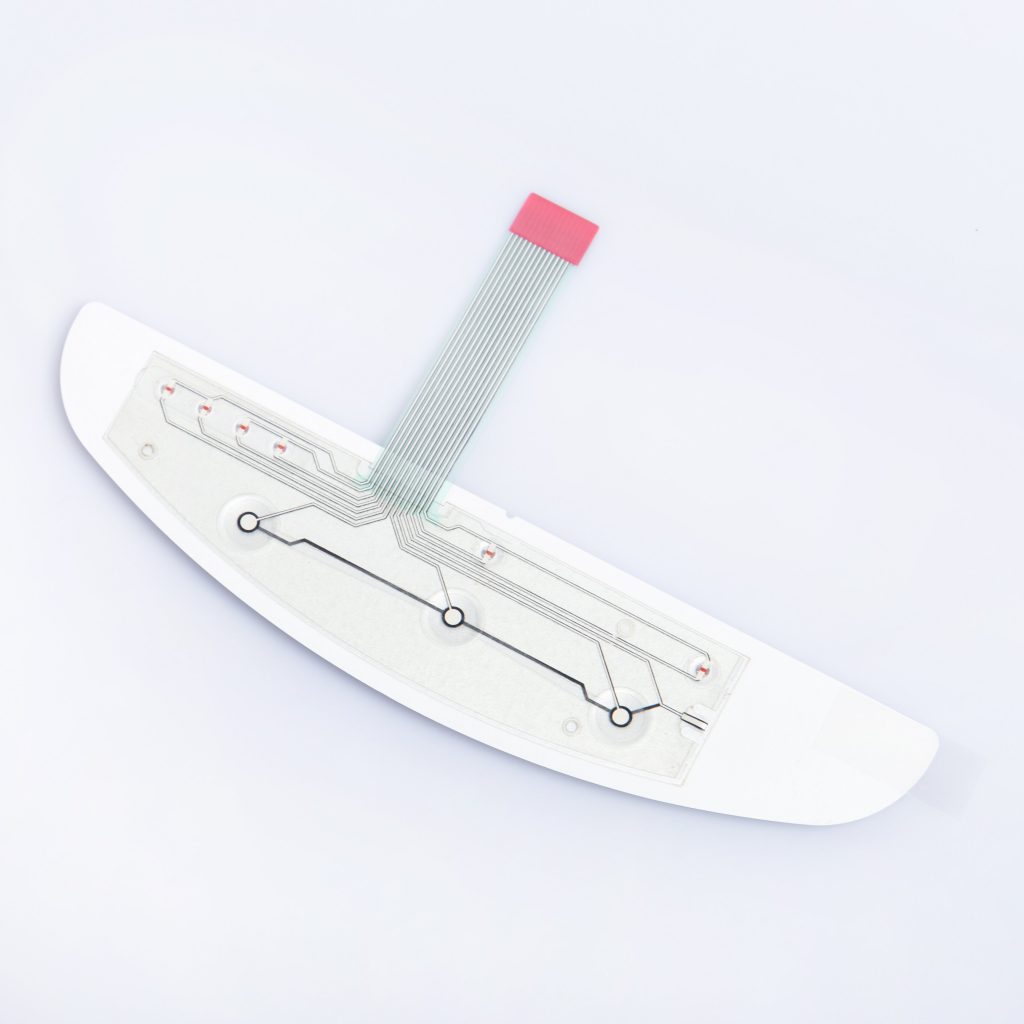Contact
Write to Us And We Would Be Happy to Advise You.
Do you have any questions, or would you like to speak directly with a representative?
By hqt
In today’s technologically advanced world, waterproof membrane switches have become an integral part of numerous industries. These switches provide a reliable and durable solution for various applications, ranging from medical devices to industrial control panels. However, the manufacturing and testing of waterproof membrane switches require careful attention to ensure their quality and performance.



In this comprehensive guide, we will explore the manufacturing process and tests involved in creating waterproof membrane switches. From the materials used to the rigorous testing procedures, we will delve into every aspect of this crucial electronic component. So, let’s dive in!
Understanding Waterproof Membrane Switches
Before we dive into the manufacturing and testing processes, let’s first understand what waterproof membrane switches are. A waterproof membrane switch is an electronic component that acts as a user interface for various devices. It consists of multiple layers, including a graphic overlay, adhesive spacer, circuit layer, and rear adhesive layer. These layers work together to provide a responsive and waterproof interface for users.
Materials Used in Manufacturing
To ensure the durability and waterproof capabilities of membrane switches, specific materials are carefully selected during the manufacturing process. These materials include:
Manufacturing Process
The manufacturing process of waterproof membrane switches involves several intricate steps. Let’s take a closer look at each of them:
Tests and Quality Control
To guarantee the reliability and performance of waterproof membrane switches, rigorous testing and quality control measures are implemented throughout the manufacturing process. Here are some of the essential tests conducted:
Q1: How do waterproof membrane switches differ from standard membrane switches?
Waterproof membrane switches differ from standard membrane switches in their ability to resist water and other liquids. They undergo additional manufacturing steps and incorporate specialized materials to provide a sealed and waterproof user interface.
Q2: What industries commonly use waterproof membrane switches?
Waterproof membrane switches find applications in various industries, including medical, automotive, aerospace, industrial control, and consumer electronics. Their waterproof and durable nature makes them suitable for environments where exposure to liquids is expected.
Q3: Can waterproof membrane switches be customized?
Yes, waterproof membrane switches can be customized to meet specific requirements. The graphic overlay can be tailored to match the desired aesthetics and branding of the device, while the circuit layer can be designed to accommodate specific functionalities and input options.
Q4: Are there any limitations to the design of waterproof membrane switches?
While waterproof membrane switches offer design flexibility, there are certain limitations to consider. Complex designs with intricate details may pose challenges during manufacturing. It’s important to work closely with experienced manufacturers to ensure the feasibility of the desired design.
Q5: How long do waterproof membrane switches typically last?
The lifespan of waterproof membrane switches depends on various factors, including the quality of materials, manufacturing processes, and usage conditions. With proper design, manufacturing, and regular maintenance, these switches can last for several years.
Q6: Can waterproof membrane switches be repaired if damaged?
In most cases, it is more cost-effective to replace a damaged waterproof membrane switch rather than attempting repairs. However, it is always recommended to consult the manufacturer for specific guidance and support regarding repairs.
Manufacturing and testing waterproof membrane switches require expertise and attention to detail. These reliable and durable electronic components play a vital role in numerous industries, providing a waterproof interface for a wide range of devices. By understanding the materials, manufacturing processes, and testing procedures involved, you can ensure the production of high-quality switches that meet the stringent requirements of various applications.
Remember, when it comes to manufacturing and tests of waterproof membrane switches, partnering with experienced manufacturers and suppliers is crucial for achieving optimal results. With their expertise, you can navigate the complexities of design, manufacturing, and testing to deliver reliable and robust membrane switches for your specific needs.
Do you have any questions, or would you like to speak directly with a representative?